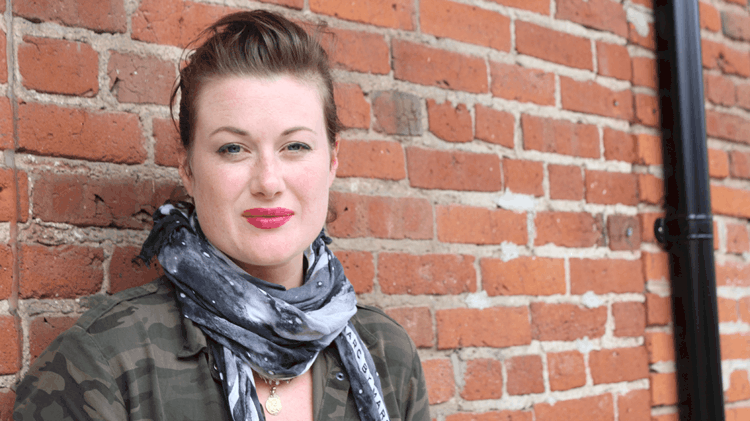Stocksy United Co-op
‘A group of young entrepreneurs hoping to create a unique and lucrative online platform turn to the co-operative business model.‘
Sound unlikely? Yep. For us too. But for Stocksy United co-op CEO and co-founder, Brianna Wettlaufer, the co-op business model was just what her business and the stock photo industry needed.
The Victoria, BC stock photography company launched in 2013 and has been making waves ever since. Much of this impact comes from the unique product Stocksy offers, which has challenged the stock photo industry to go from bland and boring to impactful and interesting. But a bit of the fuss also stems from Stocksy’s unusual choice in business model.
The Model
Wettlaufer says they considered a variety of models, but the co-op model emerged as the natural choice.
“Here’s a model that’s been around for hundreds of years, and the whole purpose is giving people ownership, control of the direction of the company, making sure it represents the best interests of the people providing the products. So, it was a fairly obvious fit.”
The Opportunity
The Stocksy United co-op founders noticed gaps in the stock photo industry, and saw an opportunity to provide a superior product through better business practices.
Traditional stock photo companies pay contributors reduced royalties and offer a product that is inauthentic and cliché. The stock photography industry was stagnant, she says, both in its approach to business and products offered.
“Stock photography had become a product that looked like stock photography,” Wettlaufer said, “and that’s not what anybody wanted.”
The Difference
In contrast, Stocksy offers photographs capturing real moments, and Stocksy contributors deliver authenticity rather than the generic, posed look of most stock sites. The result is photographers being more creative and clients receiving a unique, high-quality product. To achieve this, Stocksy offers artists better incentives and maintains a meticulous curation process.
The Results
The approach has worked. Stocksy’s client list includes over 100 Fortune 500 companies, and the company was cash-profitable within its first year. Currently, the co-operative employs 25 people, and manages 5 full-time external contractors. Last year its revenues hit $10.7 million USD — with $4.9 million paid in royalties to contributing shareholders. Plus, this past month they announced a partnership with Adobe Stock.
The Structure
As a multi-stakeholder co-operative, Stocksy United co-op has three categories of shareholders. Class A is the executive-level. The executive includes the founders, who currently run the company. Class B is staff, and Class C is the artists who contribute content.
Stocksy caps Class C shares at 1,000 to keep growth sustainable. Currently there are around 980 photographer shareholders in this category. Each class – A to C – has at least two directors on the board, and every shareholder gets a vote.
The Members
Being a platform co-op offers Stocksy United co-op a unique opportunity to engage with its members. The contributing photographers live in 65 countries, but interact through online forums to support each other and provide input to the company. Stocksy editors work with membership to maintain best-in-class quality and directors also use the forums to check-in on a regular basis. This means there’s a continuous conversation amongst shareholders about the direction of the company. Wettlaufer says this approach has built trust and loyalty, as well as confidence that decisions are being made in the best interests of the membership.
The Importance of Planning
The initial set-up of a co-operative takes careful planning, says Wettlaufer, but this effort pays off.
“With a co-op there’s a lot of investment that goes up front into the meticulous care of how you’re approaching how you do business,” she said. “But once you get past that first year, you have such a stronger product as a result that has momentum and everybody’s bought in, everybody believes in it.”
The Bottom Line
Wettlaufer also believes the co-operative model is representative of a new and emerging economy. Young entrepreneurs are looking for more meaningful approaches to doing business, she says. They are more concerned with achieving a quality lifestyle than driving stockholder earnings.
But they still want to turn a profit.
“People think that co-ops are a socialist, hippy model, so we’re not capitalist or focused on making money. We’re like ‘no… we’re absolutely focused on making money.’ We want to support our members and make them as much money as we can.”
Interested in hearing about other success stories like Stocksy United co-op? Start by reading up on an art co-op start up.





